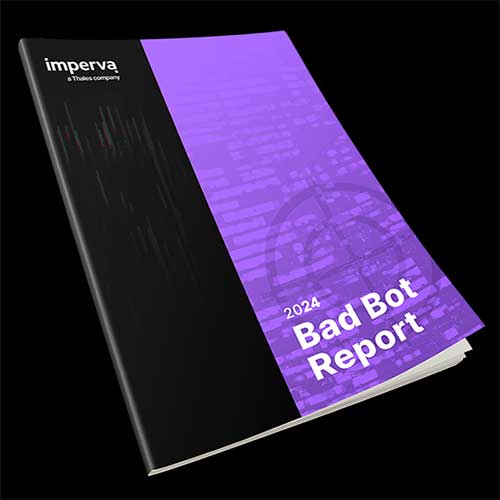HPE delivers its fastest exascale supercomputer El Capitan to Lawrence Livermore National Laboratory
2024-11-19
Hewlett Packard Enterprise has delivered the fastest supercomputer, El Capitan, to the United States Department of Energy’s (DOE) Lawrence Livermore National Laboratory (LLNL) giving HPE the distinction of building the only three exascale systems in the world. Running at 1.742 exaflops and achieving 58.89 gigaflops performance per watt, the 100% fanless direct liquid-cooled El Capitan is also one of the top 20 most energy-efficient systems in the world.
“El Capitan marks another significant milestone in exascale supercomputing, bringing monumental performance, energy efficiency and the capabilities to accelerate AI-driven scientific discovery and make incredible breakthroughs to strengthen national security and unlock new opportunities in renewable energy,” said Trish Damkroger, senior vice president and general manager, HPC & AI Infrastructure Solutions, HPE. “We are proud of this achievement, which resulted from a strong partnership and years-long research and development with the U.S. Department of Energy, National Nuclear Security Administration, Lawrence Livermore National Laboratory, and AMD. We look forward to future discoveries and engineering breakthroughs that El Capitan will enable.”
As the most powerful supercomputer in the world, El Capitan will allow the United States to maintain a competitive edge in national security and will enable the National Nuclear Security Administration’s (NNSA) Tri-Labs – LLNL, Sandia National Laboratories and Los Alamos National Laboratory – to meet the increasingly demanding requirements for ensuring the safety, security and reliability of the nation’s nuclear stockpile and perform current and future stockpile modernization efforts. LLNL also intends to leverage artificial intelligence (AI) models for classified and unclassified workloads.
El Capitan will also address secondary missions in maintaining national security, such as nuclear nonproliferation and counterterrorism, and be used for material discovery, nuclear data and high energy density science, such as inertial confinement fusion research conducted at the National Ignition Facility. Insights gained from research performed on El Capitan will also feed into unclassified projects in the realm of energy security, climate change, power grid modernization, drug discovery and other areas.
The innovative platform enabling El Capitan’s performance is based on advanced technology anchored by HPE’s leadership-class supercomputing solution, HPE Cray EX equipped with the AMD Instinct MI300A APUs that integrate CPU cores and GPU cores with high-bandwidth memory into one package, the HPE Slingshot interconnect and a custom storage solution. HPE Slingshot, an ethernet-based high-speed fabric, serves as the backbone to El Capitan’s collective power, enabling large calculations to be performed across the system’s more than 11,000 nodes. As part of the public-private partnership, LLNL and HPE co-developed a custom near-node local storage solution to reduce latency that is dynamically configurable and tiered to a global Lustre-based file system shared across all compute nodes.
See What’s Next in Tech With the Fast Forward Newsletter
Tweets From @varindiamag
Nothing to see here - yet
When they Tweet, their Tweets will show up here.




























